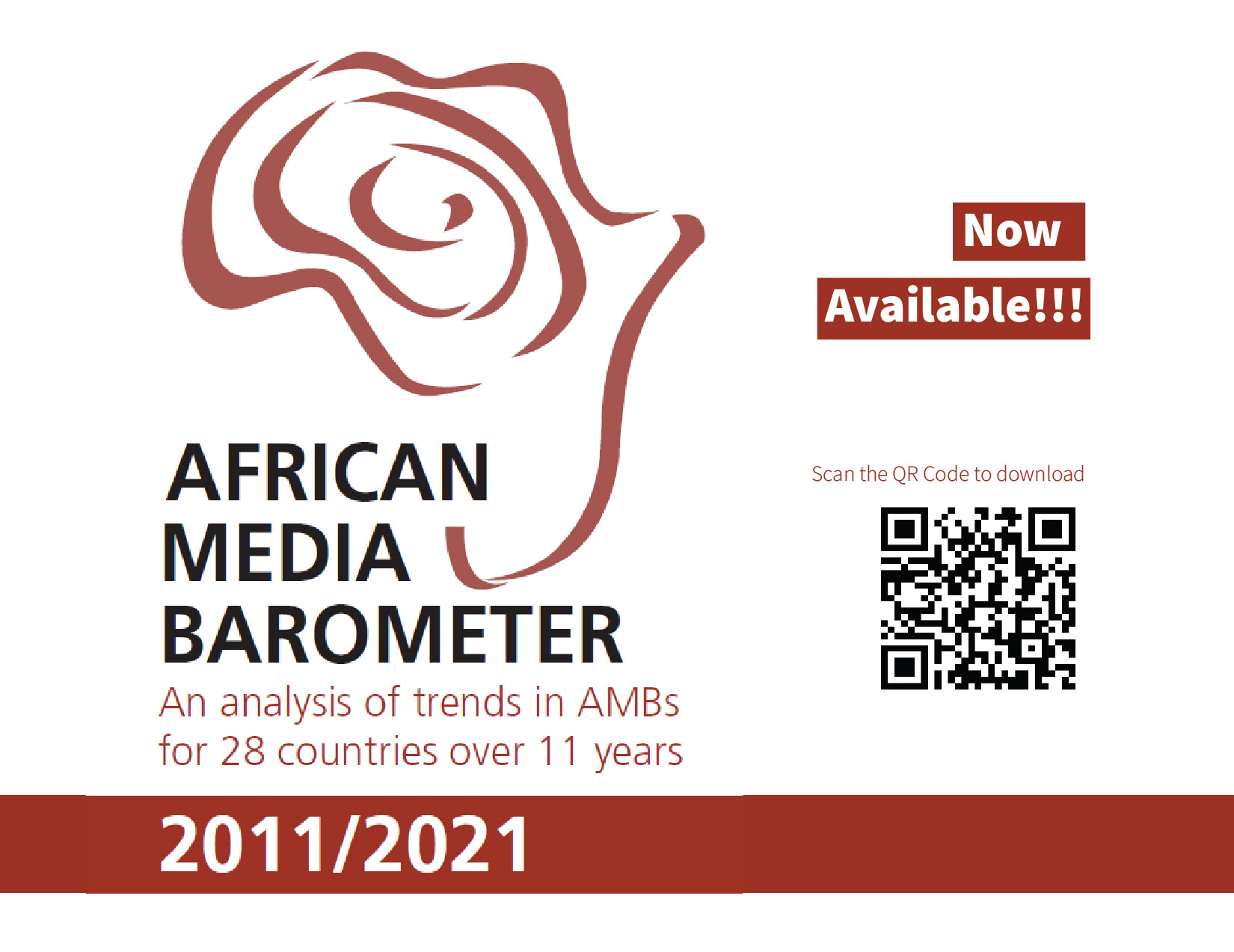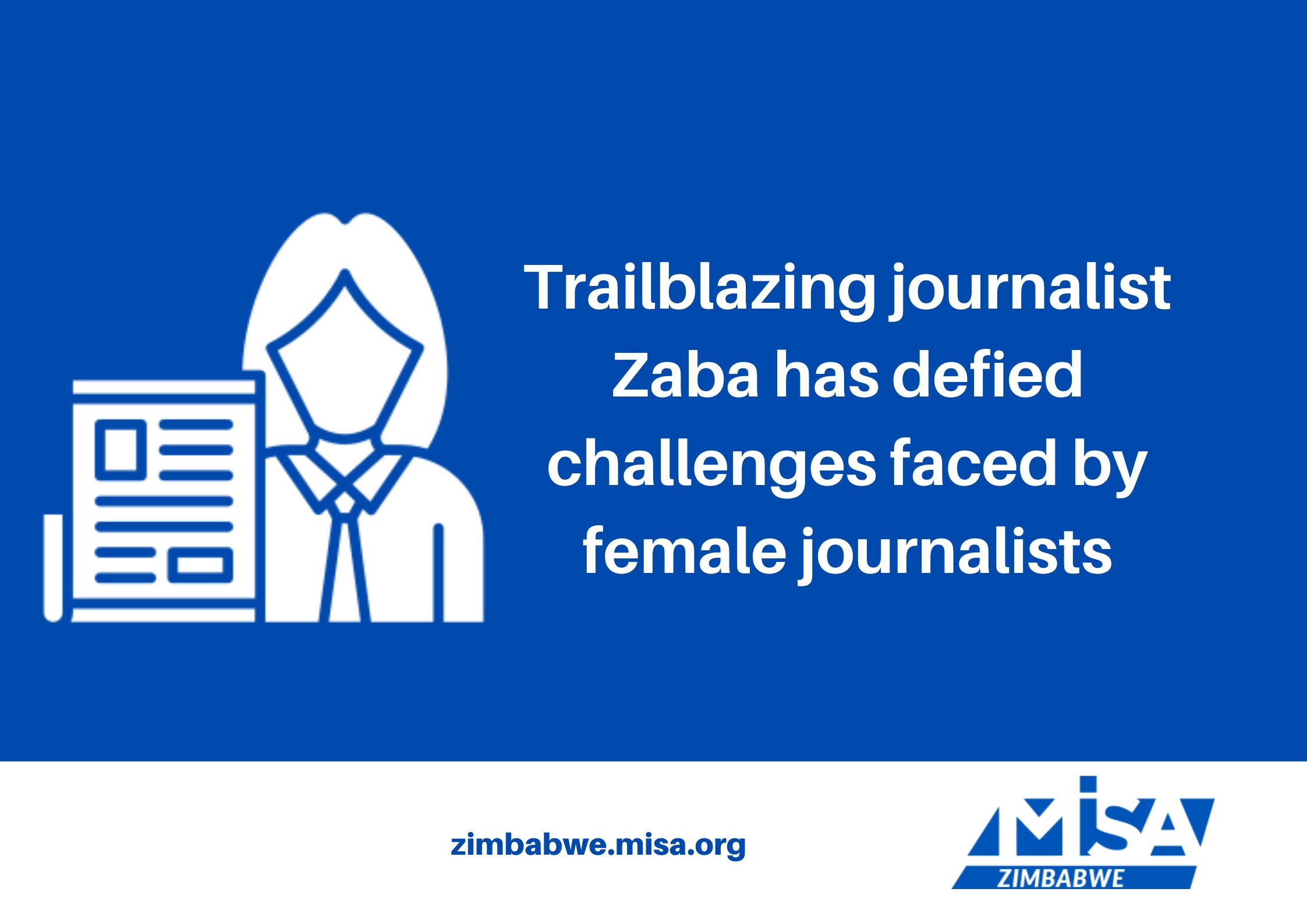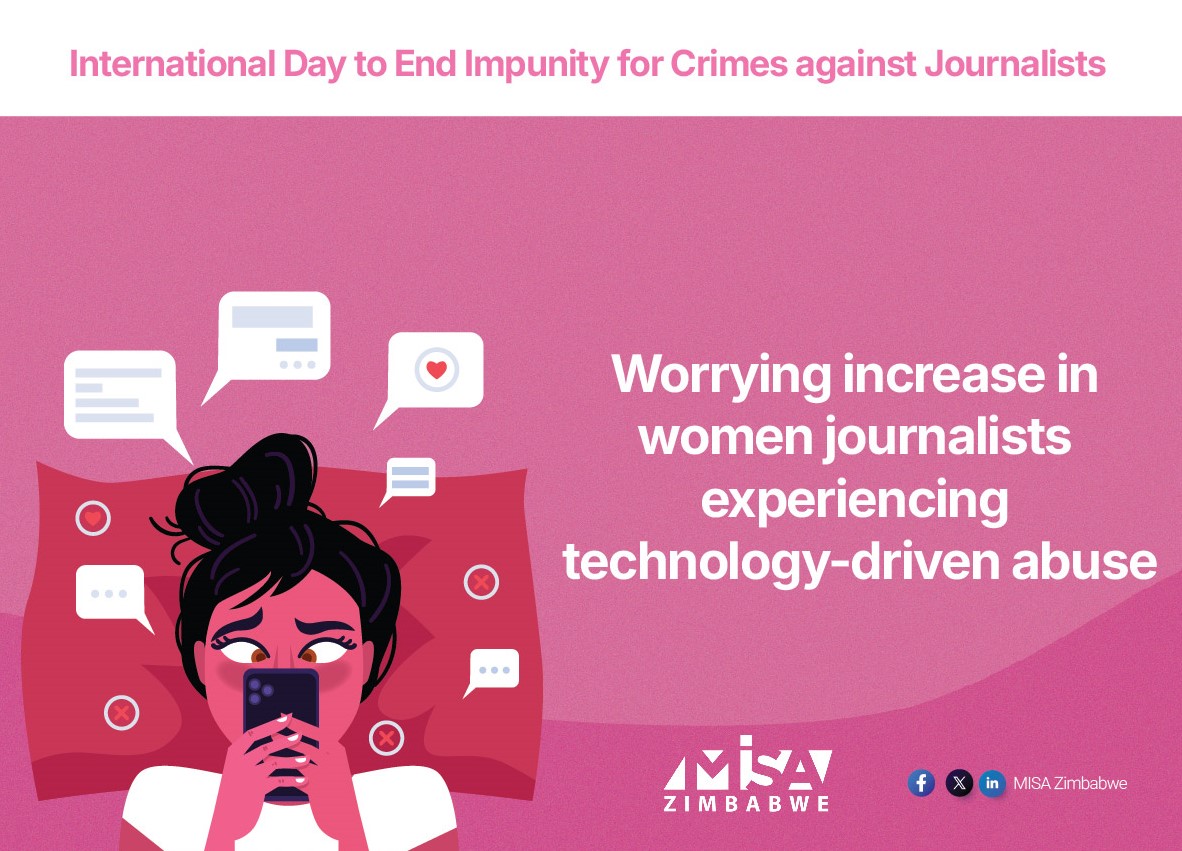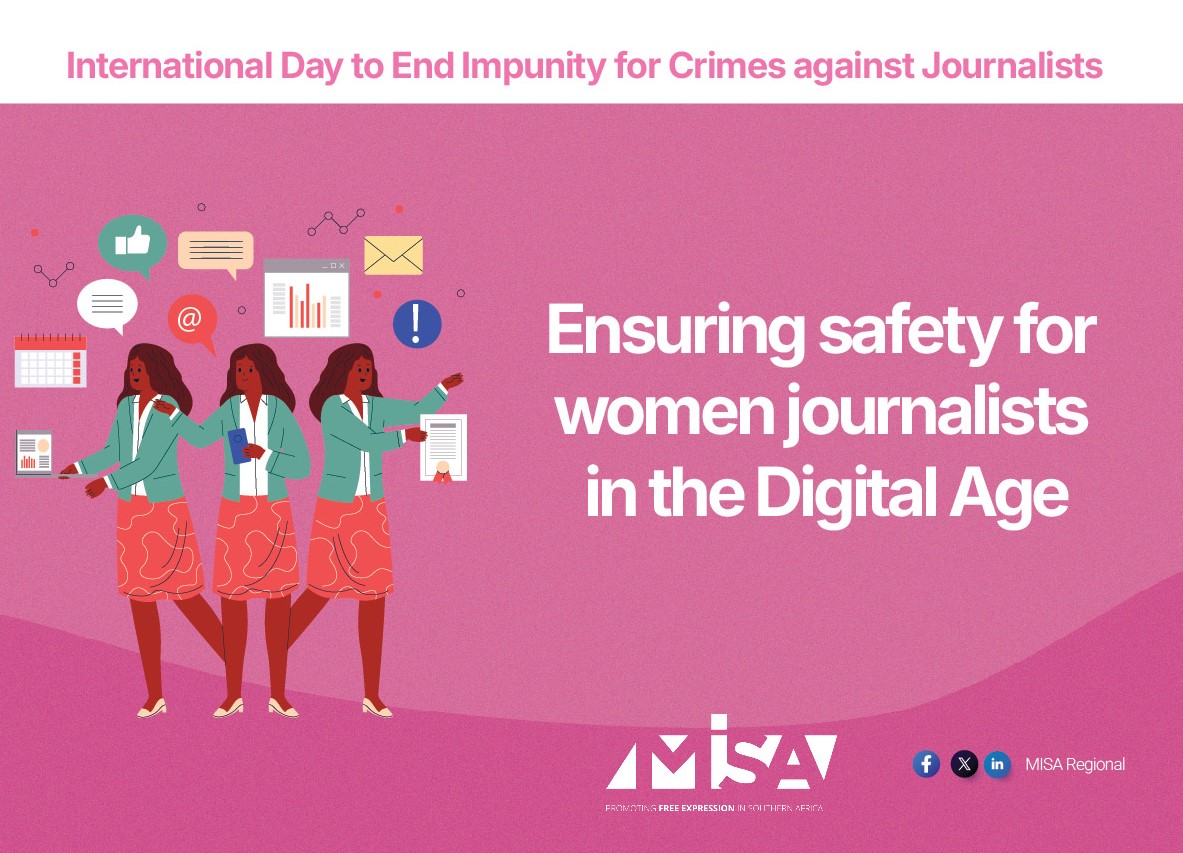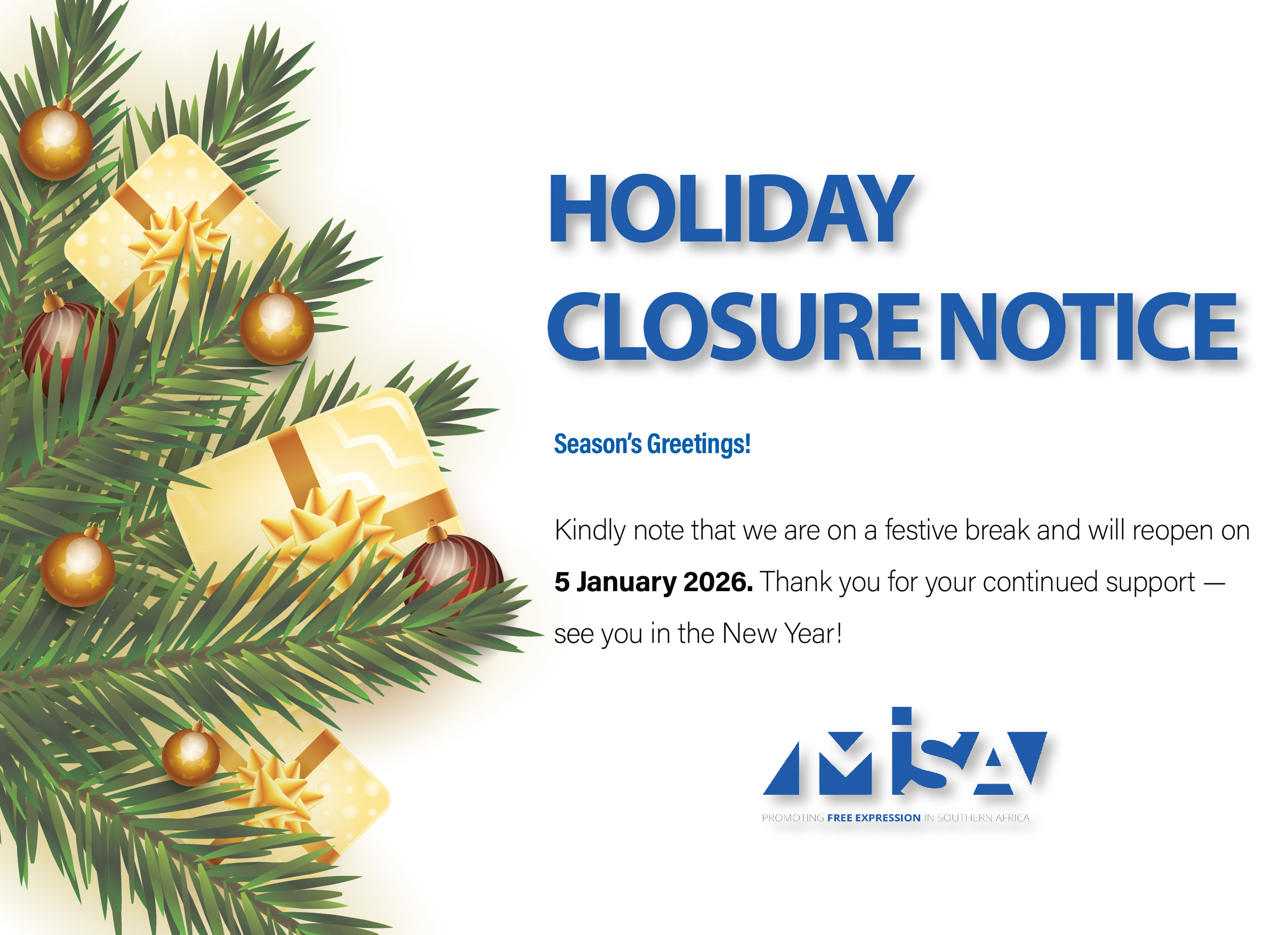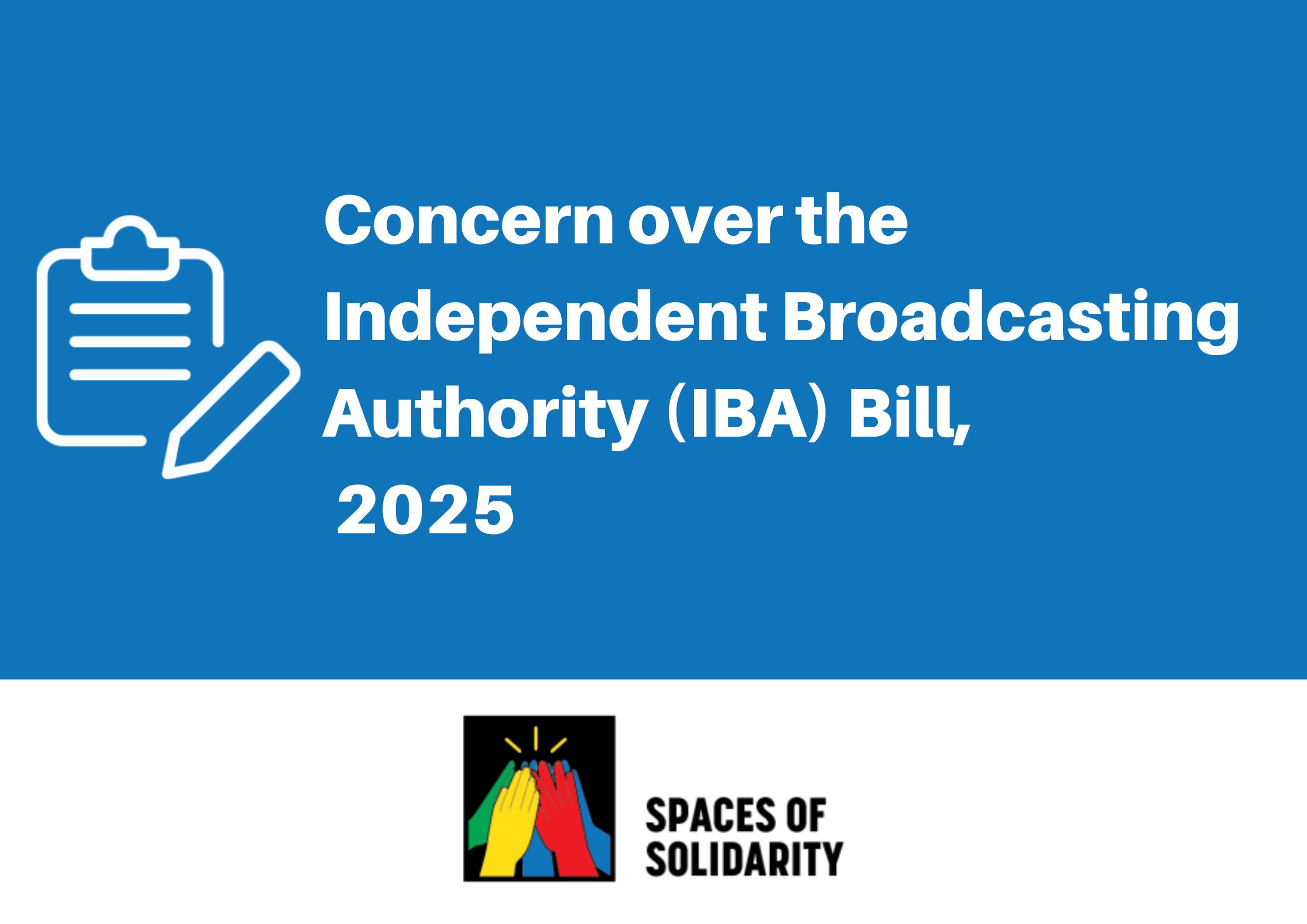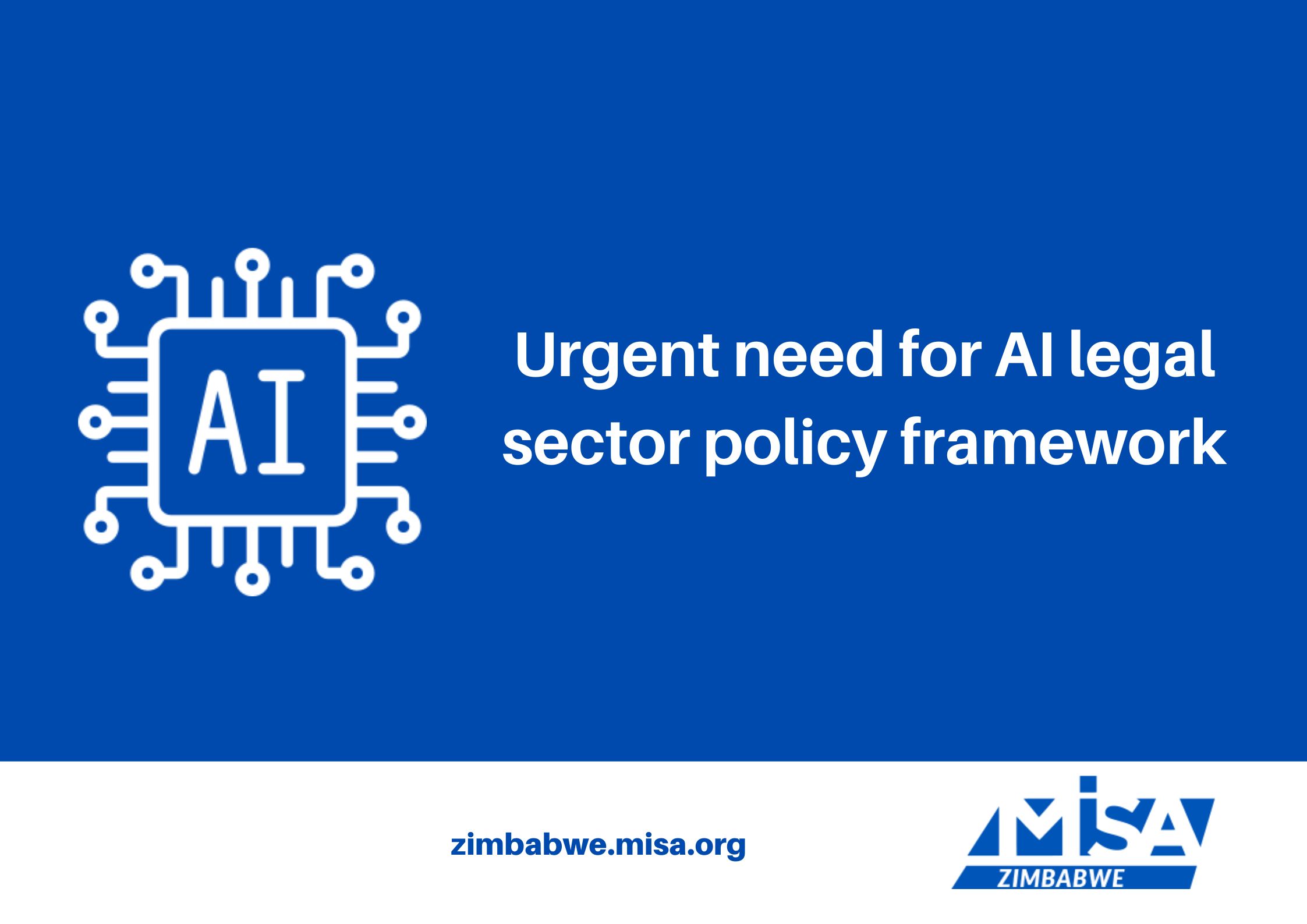Since its inception, the
AMB has served as a trusted source of information on the state of media environments and key developments in freedom of the press, freedom of expression, and access to information in many countries in Sub-Saharan Africa.
Several press freedom and access to information campaigners have used the
AMB over the past two decades to advocate and lobby for reforms and enactment of laws that promote enabling environments, a robust and free press, freedom of expression, and access to information with varying degrees of success and impact.
The
AMB has been referenced in academic research, policy advisories, advocacy papers, as well as studies or important analyses of the media landscape in Africa by multilateral institutions and international non-governmental organisations.
The past decade has seen an increase in AMBs compared to the 2000s, when the index was in its infancy. An exponential number of countries have committed to conducting the
AMB, with some having done so more than four times.
It became evident to fesmedia Africa, partners and stakeholders that a closer look at developments at subregional and regional levels was needed to understand commonalities and differences in the media landscapes of the different countries.
This report presents an analysis of trends in 68 AMBs conducted from 2011 to 2021. It unpacks recurring themes and recommendations in countries and commonalities between countries in terms of positive and negative developments.
It is evident Foreword from this report that while gains are celebrated, serious challenges remain or are emerging across Sub-Saharan Africa, even though some countries are doing much better than others in terms of media freedom and freedom of expression, which are necessary ingredients for democracy.
We strongly believe this trends analysis will be helpful for all stakeholders, including journalists, academics, civil society organisations, lawmakers and governments who wish to draw lessons from other African countries and juxtapose them with lessons from home to improve their media landscapes.
I hope this publication will find its way into the hands of change champions who will use it to bring about the change desired by citizens.




